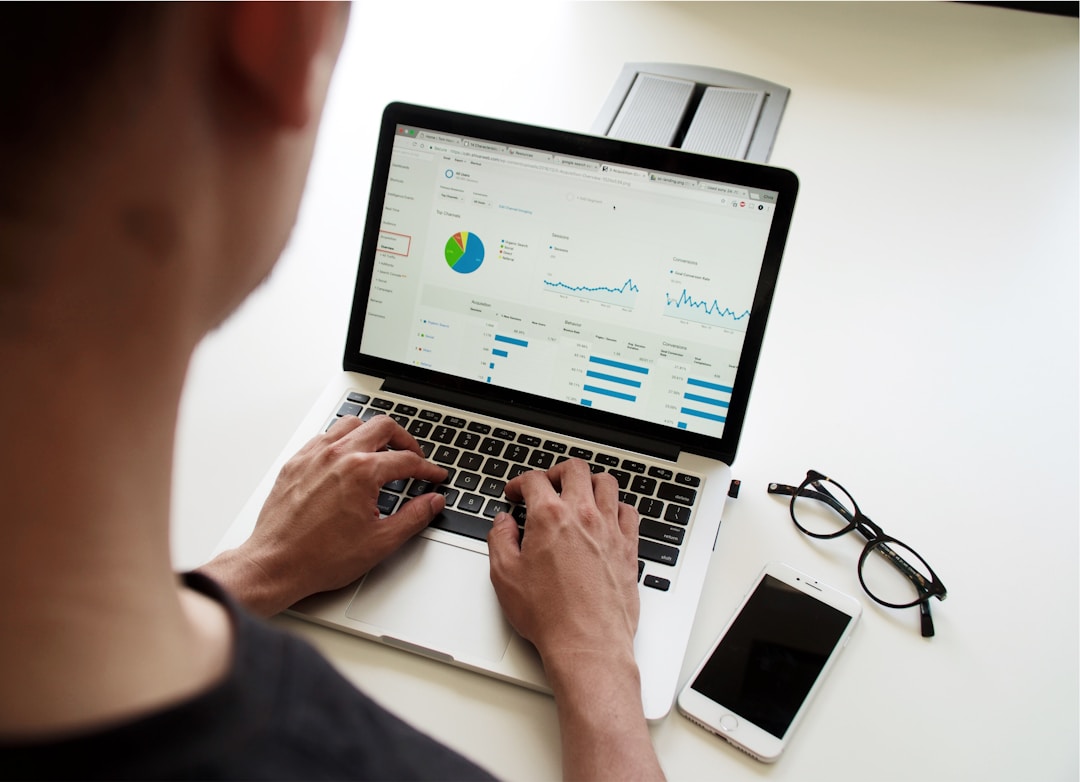Pie charts offer a unique kind of data visualization that can form a potent approach to analysis in many different settings.
Building pie charts to help you present findings or analyze markets is a great idea. With the help of a few pie chart examples, you can start using these potent analysis tools with ease. Simply put, a pie chart is a sectional data representation that provides visible breakdowns using percentages of a whole. The “pie” that makes up the total circle represents 100 percent of the total, whether that be a budget, investment portfolio, or sales data. Each slice of the pie, therefore, corresponds to an individual variable within that total. For instance, a regional office might create a pie chart to represent the percentage of revenue that comes from each corporate client on their sales sheet at the end of a quarter.
Continue reading for three great data points that you might consider plotting using a pie chart.
1. Office equipment upgrade figures are great in this visual format.
An office can use pie charts for more than just sales figures. In fact, visualizing infrastructure upgrades across multiple hubs or teams can be highly effective. With the continuing importance of the Internet of Things (IoT), cloud-based data storage, and other technical upgrades that make work more streamlined, understanding where your team stands in relation to infrastructure upgrade goals is a great way to make sense of the overall progress that you’re making.
Percentage-based charts might seem like they don’t provide much utility until you see them for what they are. Building a better understanding of your continued progress toward corporate goals over the course of days, months, or years is simplified with the help of these additions to your data visualization capacity.
2. Budgeting with pie charts makes for a more responsive tally of financial strength.

In addition to the progression-based metrics that pie charts can help make sense of, these visualization tools are also great for corporate or personal budgeting. Using a percentage spotlight rather than a dollar total can give you a greater level of control over cost-cutting measures. Instead of seeing the total outgoing figure, you are able to make sense of each spending category in relation to the overall picture.
In the consumer realm, budgeting with the help of a pie chart is great for making strategic cuts in real time. Your rent or mortgage payments are unlikely to change in the immediate future, but ongoing expenses like groceries, electricity, and incidentals can be mapped over the course of many months, providing you with an average figure per quarter or year. With this, mapping your current spending against the average will help you maintain equilibrium throughout the year.
3. Investments and sales figures can be plotted with pie charts to reveal overloading or underrepresentation.

Just like the consumer space, retailers and investors can leverage pie chart data to help them make decisions about future rebalancing efforts (whether in relation to brick-and-mortar or e-commerce shelves or in an investment portfolio filled with stocks and other commodities). Consumers are constantly shifting their needs as a result of the environment around them and changing pricing models that accompany these evolutions in the business world. For brands who are looking to track with the market and their loyal customer base, monthly or quarterly charts that show data surrounding each of their products or a cross-section of the wider competitive market (and their own share of customers within it) can provide a unique visualization that can make future decisions more insightful and calculated.
With these approaches to pie chart data, there is a world of opportunity that is primed for the taking.

